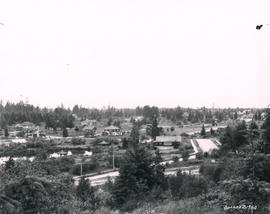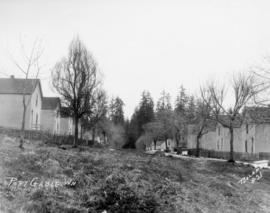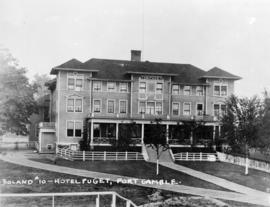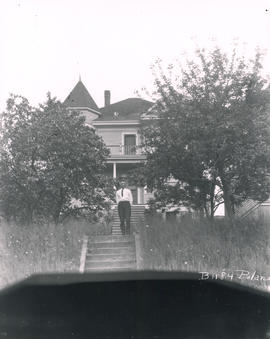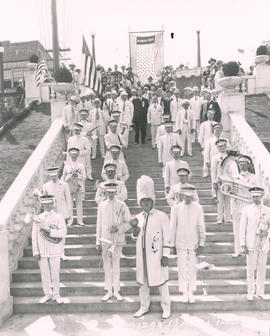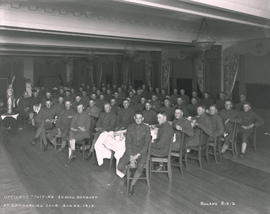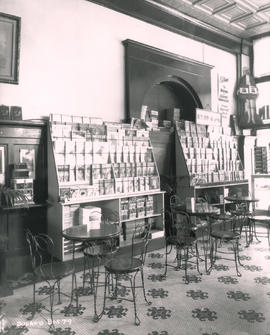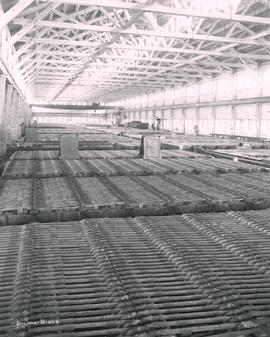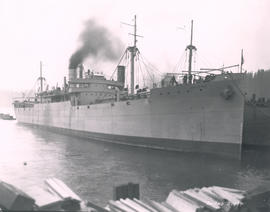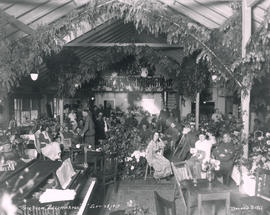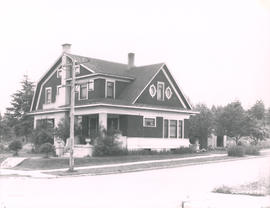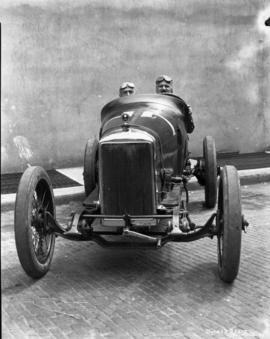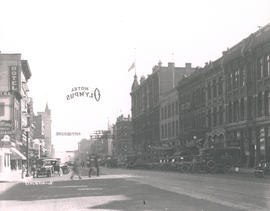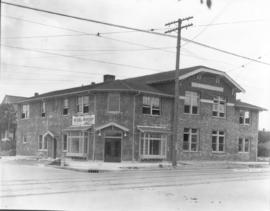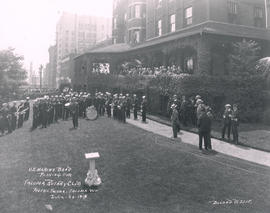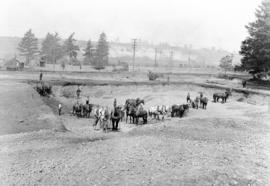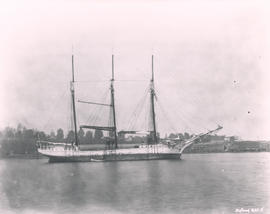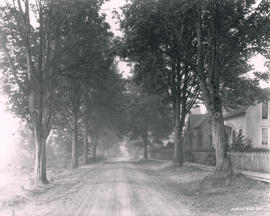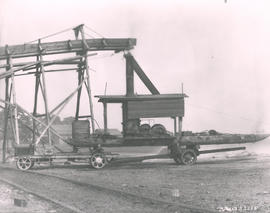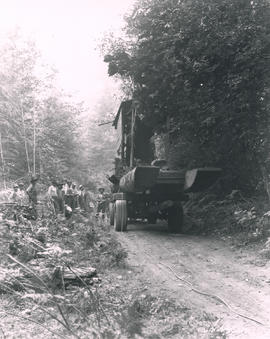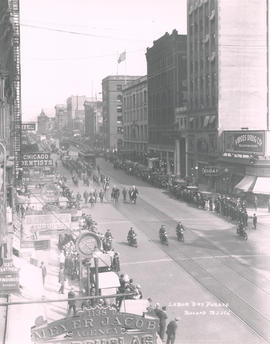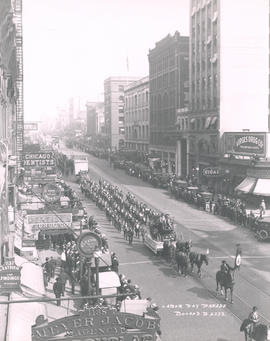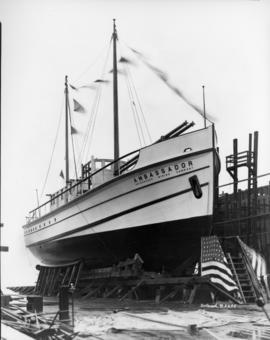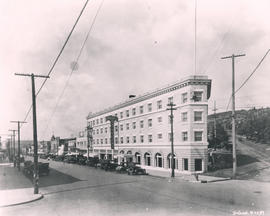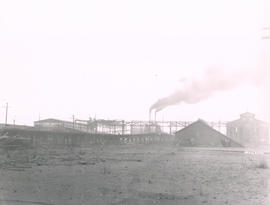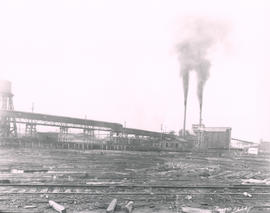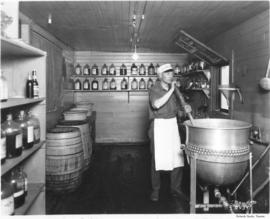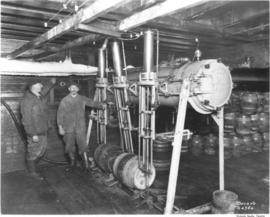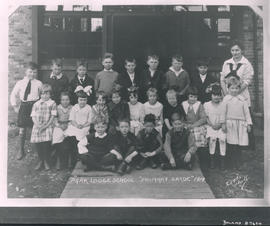- Item
- 1919-06-30
Part of Marvin Boland Photographs
When Major Edward J. Bowes, of the Amateur Hour fame, and some monied cronies toured Tacoma looking for an investment opportunity, they came to the conclusion that the populace would spread west. In 1907, they formed the Narrows Land Development Co. and purchased 200 woodland acres bordered on three sides by Tacoma and one by farmland, intending to build the area's first suburb, Regents Park. They poured $350,000 into improvements- roads, sewers and a water system- and built an artificial lake as the town's recreational and social center. The natural spring fed lake was named "Spring Lake." The area was a 20 minute ride on the electric railway from Tacoma's business district. Lots sold for $5 down, $2 a month for a total of $300 with a house thrown in for $10. The area soared until World War I and the following Depression stopped the investment in land. The area incorporated as Fircrest in 1925. The lake dried up and its location is now the site of Fircrest Park. The area has gone through bursts of development through the years, but has kept the original policy of no industry and its feeling of community intact. (Tac. Rev. 11/27/1972, pg. C-2; "Of Lions & Dreams, of Men & Realities" a history of Fircrest, Richard D. Osness) Boland B1980
Real estate development--Fircrest; Lakes & ponds--Fircrest; Regents Park (Fircrest);
